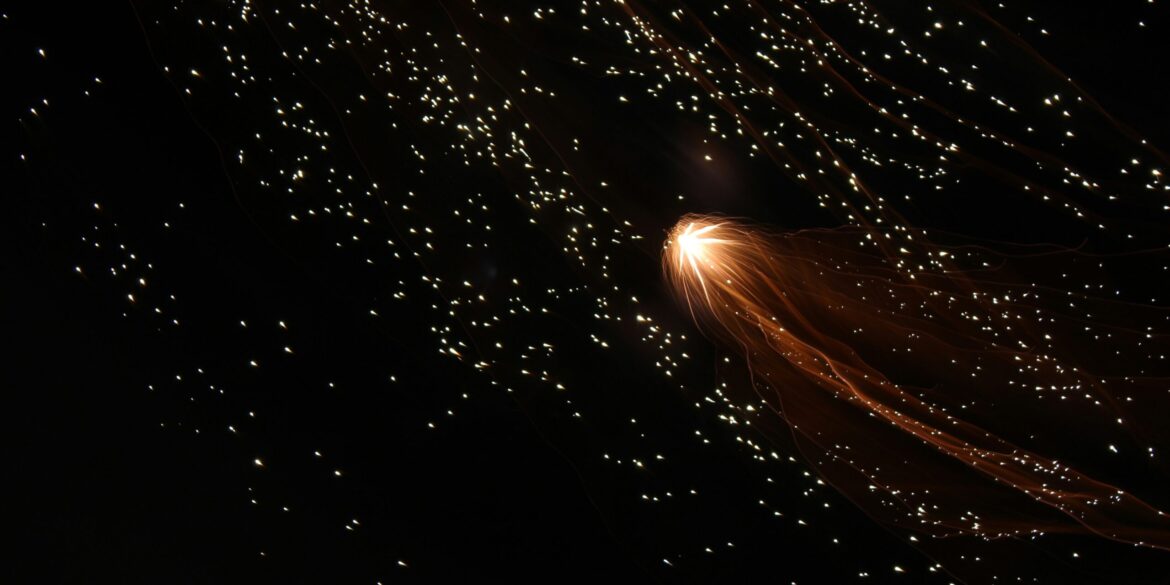On August 8, 2025, NASA confirmed that two sizable near-Earth asteroids made safe passes by our planet, offering scientists valuable observational data and underscoring the importance of ongoing planetary defense efforts. The larger of the two, designated 2025 OJ1, is estimated to be roughly 300 feet in diameter—about the height of a 30-story building. It passed at a distance of approximately 3.2 million miles from Earth, which is more than 13 times the average distance between the Earth and the Moon. The second object, known as 2019 CO1, measures around 200 feet across, roughly comparable in length to a jumbo jet. It traveled by at a slightly farther distance of about 4.24 million miles.
NASA stressed that neither asteroid posed any threat to Earth and that their orbits had been calculated well in advance, allowing astronomers to confidently rule out the possibility of impact. Nonetheless, events like these provide important opportunities for tracking and studying near-Earth objects, or NEOs. By observing these flybys, scientists are able to refine their knowledge of each asteroid’s orbit, speed, and composition, which in turn improves the accuracy of future predictions.
Read Also: https://empirestatereview.com/nasa-confirms-harmless-flyby-of-asteroid-2022-ys5/
The two asteroids were detected and monitored using NASA’s network of telescopes and radar systems dedicated to planetary defense. These systems are designed to identify NEOs months or even years before their closest approach, giving the scientific community time to prepare and, if ever necessary, consider potential mitigation strategies. Although most objects tracked pass at safe distances, the monitoring process is considered essential for reducing the risk of surprise encounters with hazardous space objects.
Planetary defense has become an increasingly visible component of NASA’s mission in recent years, driven in part by public awareness of asteroid impact events in Earth’s history. The agency’s success with the Double Asteroid Redirection Test (DART) mission in 2022, which demonstrated the ability to alter an asteroid’s path, has reinforced the feasibility of proactive measures. Flybys such as those of 2025 OJ1 and 2019 CO1 allow teams to test and calibrate tracking technology in real-time conditions, ensuring readiness in the event that a potentially dangerous object is discovered.
For the general public, these safe encounters serve as a reminder that Earth shares its cosmic neighborhood with countless other objects, most of which travel unnoticed in the vastness of space. While the distances involved are immense, the precision required to track these bodies is extraordinary, and every close approach offers a chance to sharpen our understanding of the solar system’s dynamic environment.
NASA officials emphasized that the August 8 flybys represent both a reassuring example of successful monitoring and a call to sustain investment in detection systems. The more we observe, the more prepared humanity will be to respond to any future asteroid that might be on a less harmless trajectory.

